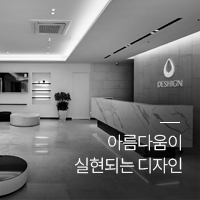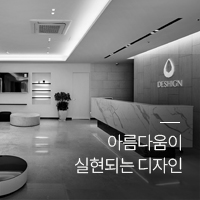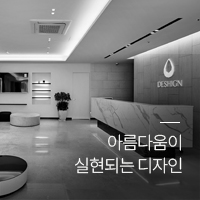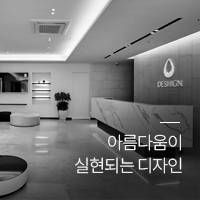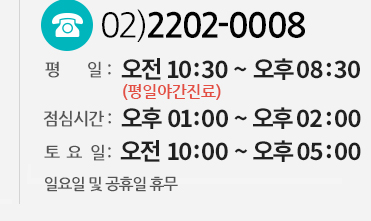Groundbreaking Tips To Clean And Minimalistic Design
페이지 정보
작성자 Dacia 댓글 0건 조회 64회 작성일 23-09-15 00:53본문
Negative space, also known as white space, plays a crucial role in creating a clean and minimalistic user interface design. It refers to the empty or unoccupied areas in a design that are intentionally left blank. By effectively utilizing negative space, designers can highlight important elements, improve readability, and create a sense of balance and harmony in the overall design. One of the key benefits of incorporating negative space in user interface graphic design is that it helps reduce clutter and visual noise. Too much information crammed into a limited space can overwhelm users and make it difficult for them to focus on the main content. By allowing elements to breathe and giving them enough room to stand out, negative space enhances clarity and improves user experience. Negative space can also be used strategically to draw attention to specific elements or actions. By surrounding a call-to-action button or an important piece of information with ample white space, it becomes more prominent and easier to notice. This helps guide users and directs their attention towards the intended actions or messages. In addition to improving aesthetics and visual hierarchy, negative space also adds elegance and sophistication to a user interface design. Minimalistic designs are often associated with a modern and sleek aesthetic. This style has gained popularity in recent years due to its simplicity and timelessness. By allowing negative space to fill the design, a clean and minimalist look can be achieved, giving the design a sense of sophistication. When utilizing negative space, it’s important to strike a balance between too little and too much. Insufficient negative space may make the design feel cramped and overwhelming, while excessive negative space may make it appear empty and lacking in substance. The key is to find the right balance that complements the overall design objectives and enhances the user experience. In conclusion, negative space is a powerful tool in user interface graphic design. It helps create a clean and minimalist design by reducing clutter, improving readability, and guiding users’ attention. By effectively utilizing negative space, designers can achieve a balance between aesthetics and functionality, resulting in stunning user interface designs.
Visual identity graphic design is the process of creating a consistent and visually appealing set of elements that represents a brand. It involves designing the logo, typography, colors, and other visual elements that will be used across various platforms to create a strong and recognizable brand image. The Importance of Visual Identity A strong visual identity is essential for any brand, as it helps to create a sense of trust and recognition among consumers. It is through visual elements that a brand can communicate its values, personality, and mission to its target audience. A well-designed visual identity can also contribute to brand differentiation, as it sets a brand apart from its competitors. By creating a unique and memorable visual identity, a brand can establish itself as a leader in the industry. Elements of Visual Identity Visual identity typically includes the following elements: Logo: The logo is the central component of a visual identity and acts as the face of the brand. Typography: Consistent typography ensures that all brand materials have a cohesive and recognizable look. Colors: Colors evoke emotions and can help to create a distinct brand personality. Imagery: The use of images and graphics can also contribute to the overall visual identity. Creating a Visual Identity The process of creating a visual identity involves several steps: Research: Understanding the target audience, brand values, and market trends is essential in creating a visual identity that resonates with the intended audience. Concept Development: Brainstorming and experimenting with various ideas and concepts to create a visual identity that aligns with the brand’s values and goals. Design Execution: Bringing the chosen concept to life by designing the logo, typography, colors, and other visual elements. Application: Ensuring consistent application of the visual identity across various channels, such as print materials, websites, and social media platforms. Monitoring and Evolution: Monitoring the performance of the visual identity and making necessary adjustments and updates as needed. Conclusion Visual identity graphic design plays a crucial role in building a strong brand image. By creating a consistent and visually appealing visual identity, brands can establish themselves as leaders in the industry, differentiate themselves from competitors, and build trust and recognition among their target audience.
What is a Logo? A logo is a graphic mark or symbol that represents a company, organization, or individual. It is a visual representation of a brand and is used to create recognition and visibility in the market. The Importance of a Well-Designed Logo A well-designed logo is vital for a brand’s success. It communicates the brand’s identity, values, and offerings to the target audience. A professional and unique logo can help a business stand out from the competition, build trust and credibility, and foster brand loyalty. The Elements of a Logo A logo typically consists of several key elements: Typography: The selection and arrangement of fonts that represent the brand’s personality. Color palette: The choice of colors that evoke specific emotions and connotations associated with the brand. Symbol/Icon: graphicdigitalsolutions.com A graphical element that visually represents the brand and can be used independently of the brand name. Layout: The overall arrangement and positioning of the logo elements. The Design Process The logo design process involves several steps: Research and Discovery: Understanding the brand, its target audience, and the industry it operates in. Concept Development: Generating multiple design concepts based on the research and client brief. Refinement: Iteratively refining the chosen concept based on feedback and further research. Finalization: Presenting the finalized logo design to the client and preparing it for various applications. Logo Design Best Practices When designing a logo, it is important to follow these best practices: Keep it simple: A simple and clean design is more memorable and versatile. Make it scalable: The logo should look good at various sizes, from small icons to large banners. Stay relevant: The logo should align with the brand’s industry, values, and target audience. Avoid trends: Opt for a timeless design that will not quickly become outdated. Use appropriate colors: Choose colors that reflect the brand’s personality and evoke the desired emotions. The Role of a Designer A logo designer is responsible for creating a well-crafted logo that effectively represents the brand. They must possess a strong understanding of design principles, typography, color theory, and industry trends. Additionally, a designer needs to collaborate with the client, understand their vision and requirements, and translate them into a visual identity.
Visual identity graphic design is the process of creating a consistent and visually appealing set of elements that represents a brand. It involves designing the logo, typography, colors, and other visual elements that will be used across various platforms to create a strong and recognizable brand image. The Importance of Visual Identity A strong visual identity is essential for any brand, as it helps to create a sense of trust and recognition among consumers. It is through visual elements that a brand can communicate its values, personality, and mission to its target audience. A well-designed visual identity can also contribute to brand differentiation, as it sets a brand apart from its competitors. By creating a unique and memorable visual identity, a brand can establish itself as a leader in the industry. Elements of Visual Identity Visual identity typically includes the following elements: Logo: The logo is the central component of a visual identity and acts as the face of the brand. Typography: Consistent typography ensures that all brand materials have a cohesive and recognizable look. Colors: Colors evoke emotions and can help to create a distinct brand personality. Imagery: The use of images and graphics can also contribute to the overall visual identity. Creating a Visual Identity The process of creating a visual identity involves several steps: Research: Understanding the target audience, brand values, and market trends is essential in creating a visual identity that resonates with the intended audience. Concept Development: Brainstorming and experimenting with various ideas and concepts to create a visual identity that aligns with the brand’s values and goals. Design Execution: Bringing the chosen concept to life by designing the logo, typography, colors, and other visual elements. Application: Ensuring consistent application of the visual identity across various channels, such as print materials, websites, and social media platforms. Monitoring and Evolution: Monitoring the performance of the visual identity and making necessary adjustments and updates as needed. Conclusion Visual identity graphic design plays a crucial role in building a strong brand image. By creating a consistent and visually appealing visual identity, brands can establish themselves as leaders in the industry, differentiate themselves from competitors, and build trust and recognition among their target audience.
What is a Logo? A logo is a graphic mark or symbol that represents a company, organization, or individual. It is a visual representation of a brand and is used to create recognition and visibility in the market. The Importance of a Well-Designed Logo A well-designed logo is vital for a brand’s success. It communicates the brand’s identity, values, and offerings to the target audience. A professional and unique logo can help a business stand out from the competition, build trust and credibility, and foster brand loyalty. The Elements of a Logo A logo typically consists of several key elements: Typography: The selection and arrangement of fonts that represent the brand’s personality. Color palette: The choice of colors that evoke specific emotions and connotations associated with the brand. Symbol/Icon: graphicdigitalsolutions.com A graphical element that visually represents the brand and can be used independently of the brand name. Layout: The overall arrangement and positioning of the logo elements. The Design Process The logo design process involves several steps: Research and Discovery: Understanding the brand, its target audience, and the industry it operates in. Concept Development: Generating multiple design concepts based on the research and client brief. Refinement: Iteratively refining the chosen concept based on feedback and further research. Finalization: Presenting the finalized logo design to the client and preparing it for various applications. Logo Design Best Practices When designing a logo, it is important to follow these best practices: Keep it simple: A simple and clean design is more memorable and versatile. Make it scalable: The logo should look good at various sizes, from small icons to large banners. Stay relevant: The logo should align with the brand’s industry, values, and target audience. Avoid trends: Opt for a timeless design that will not quickly become outdated. Use appropriate colors: Choose colors that reflect the brand’s personality and evoke the desired emotions. The Role of a Designer A logo designer is responsible for creating a well-crafted logo that effectively represents the brand. They must possess a strong understanding of design principles, typography, color theory, and industry trends. Additionally, a designer needs to collaborate with the client, understand their vision and requirements, and translate them into a visual identity.
댓글목록
등록된 댓글이 없습니다.

